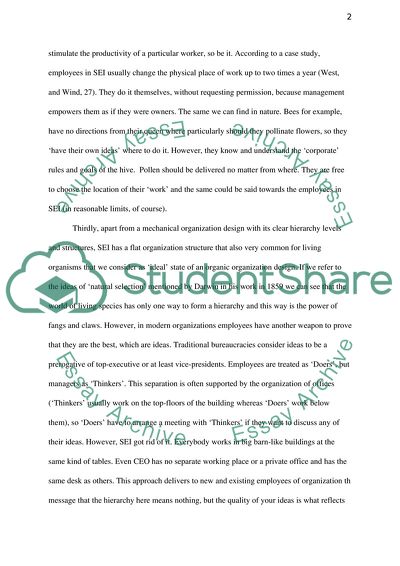Cite this document
(“Mechanistic Design for SEI Essay Example | Topics and Well Written Essays - 1750 words - 8”, n.d.)
Mechanistic Design for SEI Essay Example | Topics and Well Written Essays - 1750 words - 8. Retrieved from https://studentshare.org/engineering-and-construction/1561550-case-study
Mechanistic Design for SEI Essay Example | Topics and Well Written Essays - 1750 words - 8. Retrieved from https://studentshare.org/engineering-and-construction/1561550-case-study
(Mechanistic Design for SEI Essay Example | Topics and Well Written Essays - 1750 Words - 8)
Mechanistic Design for SEI Essay Example | Topics and Well Written Essays - 1750 Words - 8. https://studentshare.org/engineering-and-construction/1561550-case-study.
Mechanistic Design for SEI Essay Example | Topics and Well Written Essays - 1750 Words - 8. https://studentshare.org/engineering-and-construction/1561550-case-study.
“Mechanistic Design for SEI Essay Example | Topics and Well Written Essays - 1750 Words - 8”, n.d. https://studentshare.org/engineering-and-construction/1561550-case-study.


